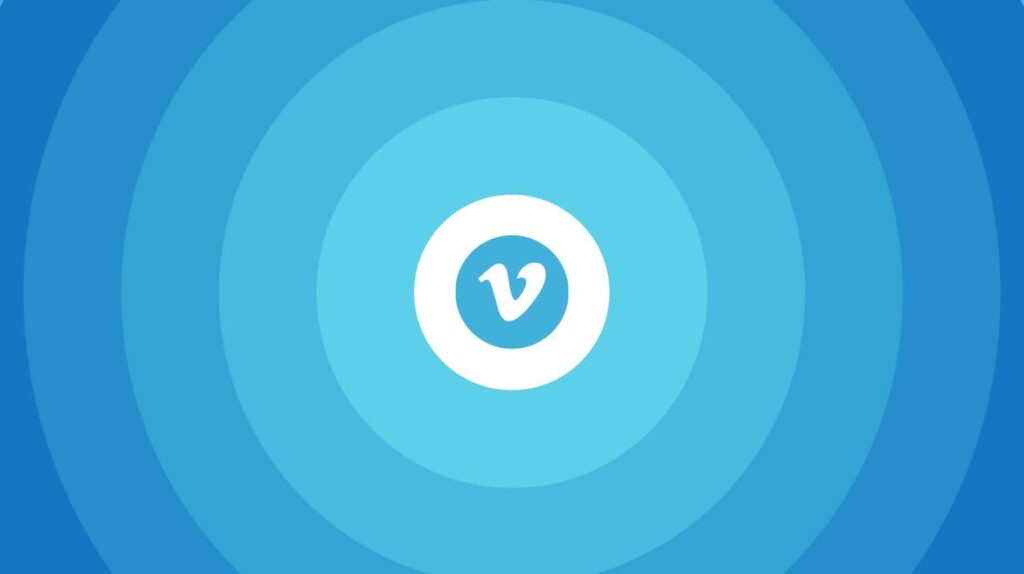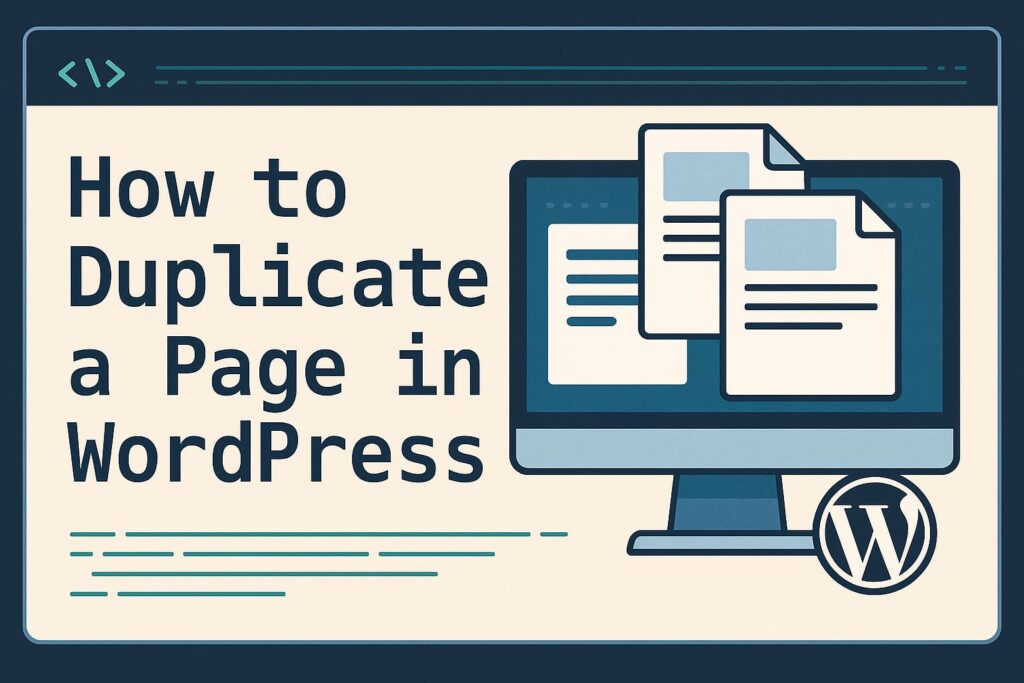No matter what project we’re working on, keeping the project deadline in mind is crucial. If you’re tackling a large project, a great way to manage it is by breaking it down into smaller versions. In product development, there’s a fantastic concept called MVP (Minimal Viable Product).
The MVP approach focuses on identifying the minimum features a product needs to launch successfully. Once the product is out in the market, you can gradually enhance it in future versions by adding new features, fixing issues, and making improvements.
For more details about MVP, you can check:
Minimum Viable Product on Wikipedia.
Versioning: Keeping Things Organized
To ensure smooth development, it’s essential to follow a standard for managing product or project versions. One of the most widely used standards is Semantic Versioning. Here’s how it works:
If a version is labeled as 2.0.0, it follows the MAJOR.MINOR.PATCH format:
- MAJOR: When you introduce changes that break compatibility with previous versions.
- MINOR: When you add new features in a way that doesn’t affect existing functionality.
- PATCH: When you fix bugs while maintaining backward compatibility.
For more details, visit:
Semantic Versioning.
How to Apply This in Your Projects
Let’s say you’re starting a new project with version 1.0.0. This version should focus on your product’s MVP—only the features that are absolutely essential for your project’s initial release.
During the brainstorming phase, you might come up with a long list of features for your project. That’s okay! From this list, you can filter and prioritize the features that fit the MVP concept and include them in version 1.0.0. Once the initial version is launched, you can add more features in subsequent versions (1.1.0, 1.2.0, etc.) or make necessary fixes (1.0.1, 1.0.2, etc.).
Final Thoughts
Managing your project with an MVP mindset and following Semantic Versioning makes the development process more structured and efficient. It allows you to meet deadlines, launch a functional product, and make consistent improvements over time.
Start with the essentials, stay organized, and let your project grow one version at a time!







